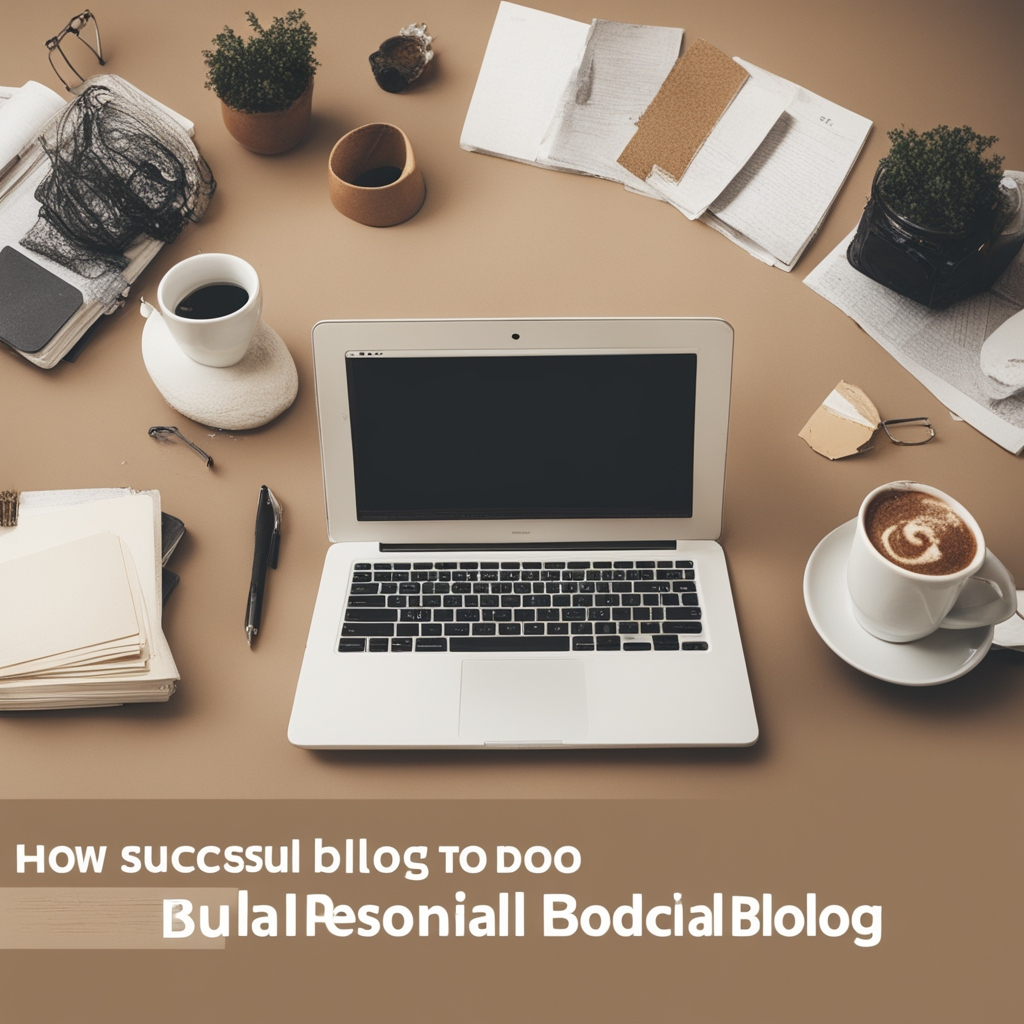Social media has become a powerful platform for personal blogging. Whether you want to share your experiences, establish thought leadership, or monetize your content, social media provides the reach and engagement necessary to grow a successful blog. However, building a successful personal blog on social media requires strategy, consistency, and creativity. This guide will walk you through the key steps to establishing and growing a compelling personal blog on social media.
1. Define Your Niche and Target Audience
Before you start blogging on social media, it’s essential to define your niche. Your niche is the specific topic or industry you’ll focus on, such as travel, fitness, fashion, technology, or personal development. A well-defined niche helps you create targeted content that attracts a loyal audience.
Steps to Identify Your Niche:
- Identify your passions and expertise.
- Research trending topics and gaps in the market.
- Analyze your competition to find a unique angle.
- Understand your target audience’s interests, challenges, and needs.
2. Choose the Right Social Media Platforms
Each social media platform serves different types of content and audiences. Selecting the right platforms for your blog is crucial for maximizing engagement.
Popular Platforms for Personal Blogging:
- Instagram: Ideal for visual storytelling through images, reels, and IGTV.
- Facebook: Great for long-form content, community-building, and engagement.
- Twitter (X): Best for short, engaging posts, news updates, and discussions.
- YouTube: Perfect for video blogs (vlogs) and tutorials.
- LinkedIn: Suitable for professional and thought-leadership blogging.
- TikTok: Effective for short, engaging videos that can go viral.
3. Develop a Content Strategy
Content is the heart of your personal blog. Having a clear content strategy ensures consistency and engagement.
Key Elements of a Strong Content Strategy:
- Content Themes: Identify core topics you’ll regularly cover.
- Content Formats: Use a mix of posts, videos, stories, and live sessions.
- Posting Schedule: Maintain consistency (e.g., posting daily or weekly).
- Content Calendar: Plan posts in advance to stay organized.
- Engagement Tactics: Encourage comments, shares, and discussions.
4. Create High-Quality and Engaging Content
Quality content attracts and retains an audience. Your posts should be visually appealing, informative, and interactive.
Tips for Creating Engaging Content:
- Use high-quality images and videos.
- Write compelling captions and headlines.
- Share personal stories and experiences.
- Incorporate storytelling techniques.
- Use hashtags strategically for better discoverability.
- Leverage trending topics and challenges.
5. Optimize Your Profile and Bio
Your social media profile is your online identity. A well-optimized profile can attract followers and establish credibility.
Profile Optimization Tips:
- Use a professional and recognizable profile picture.
- Write a clear and engaging bio with keywords related to your niche.
- Add links to your blog or other relevant platforms.
- Use branded elements (colors, fonts) for consistency.
6. Grow Your Audience and Engagement
Building an audience takes time and effort, but consistent engagement can accelerate growth.
Audience Growth Strategies:
- Collaborate with other bloggers and influencers.
- Join relevant groups and communities.
- Use call-to-actions (CTAs) to encourage interactions.
- Engage with followers through comments and direct messages.
- Run contests, giveaways, and challenges.
- Cross-promote content on multiple platforms.
7. Monetize Your Personal Blog
Once you have a strong following, you can monetize your blog in various ways.
Monetization Strategies:
- Sponsored Posts: Partner with brands for paid promotions.
- Affiliate Marketing: Earn commissions by promoting products.
- Ad Revenue: Use platforms like YouTube and Facebook to earn from ads.
- Digital Products: Sell e-books, courses, or exclusive content.
- Memberships and Subscriptions: Offer premium content for a fee.
8. Track Performance and Improve
Analyzing your blog’s performance helps you refine your strategy and grow effectively.
Tools to Track Performance:
- Social Media Insights: Use in-app analytics on Instagram, Facebook, and Twitter.
- Google Analytics: Track referral traffic to your blog.
- Third-Party Tools: Use platforms like Hootsuite or Buffer for advanced analytics.
Key Metrics to Monitor:
- Engagement rate (likes, shares, comments)
- Follower growth rate
- Click-through rates (CTR)
- Conversion rates from social media to website/blog
Building a successful personal blog on social media requires patience, dedication, and a well-planned strategy. By choosing the right niche, creating high-quality content, engaging with your audience, and leveraging monetization strategies, you can establish a strong and influential online presence. Stay consistent, be authentic, and continuously improve based on performance insights to achieve long-term success in the social media blogging world.




